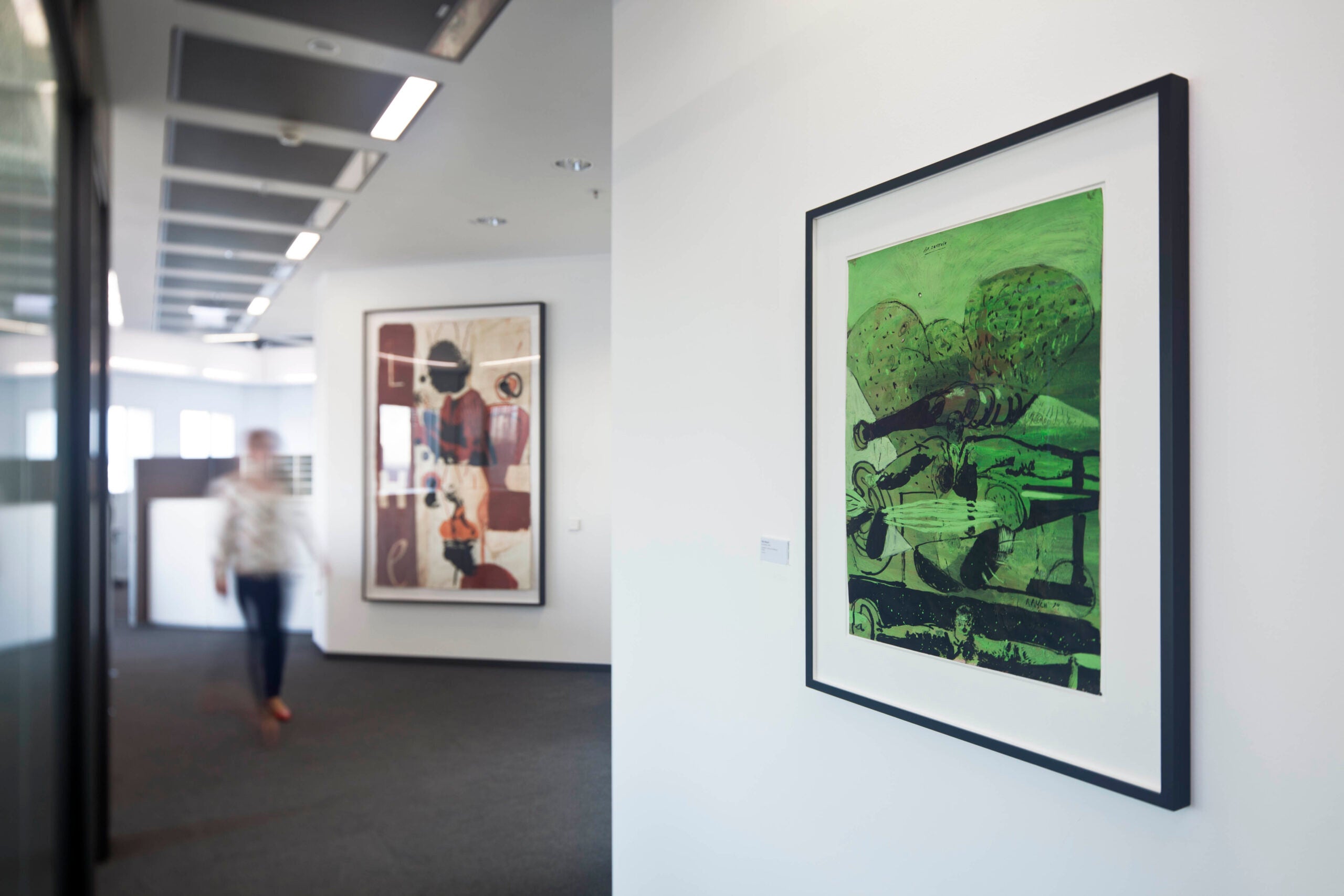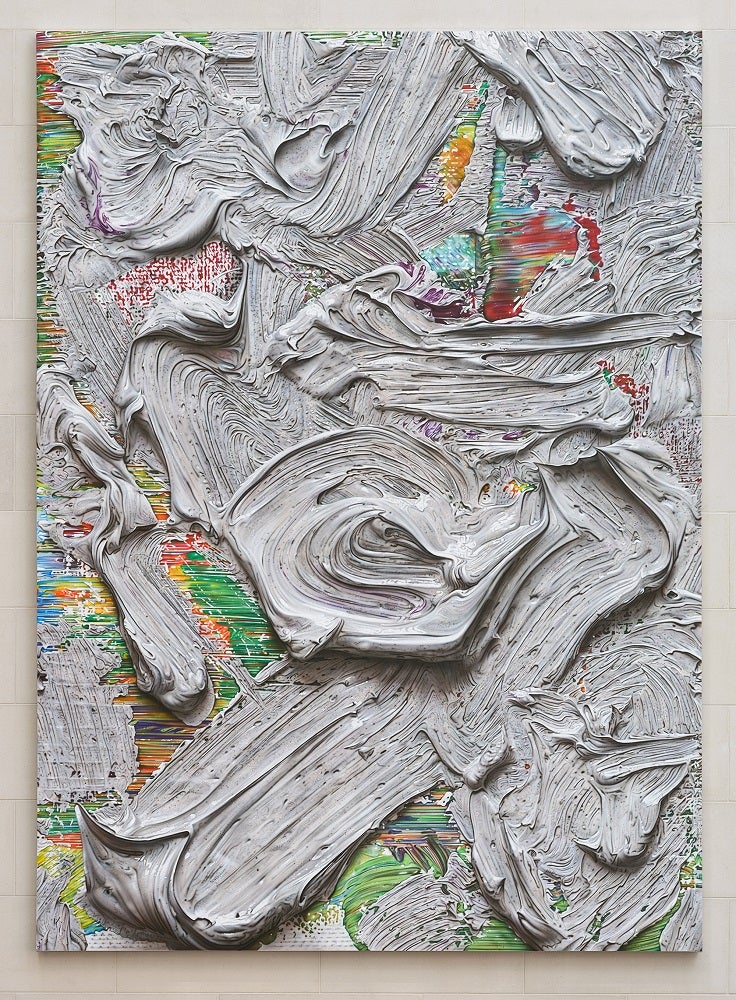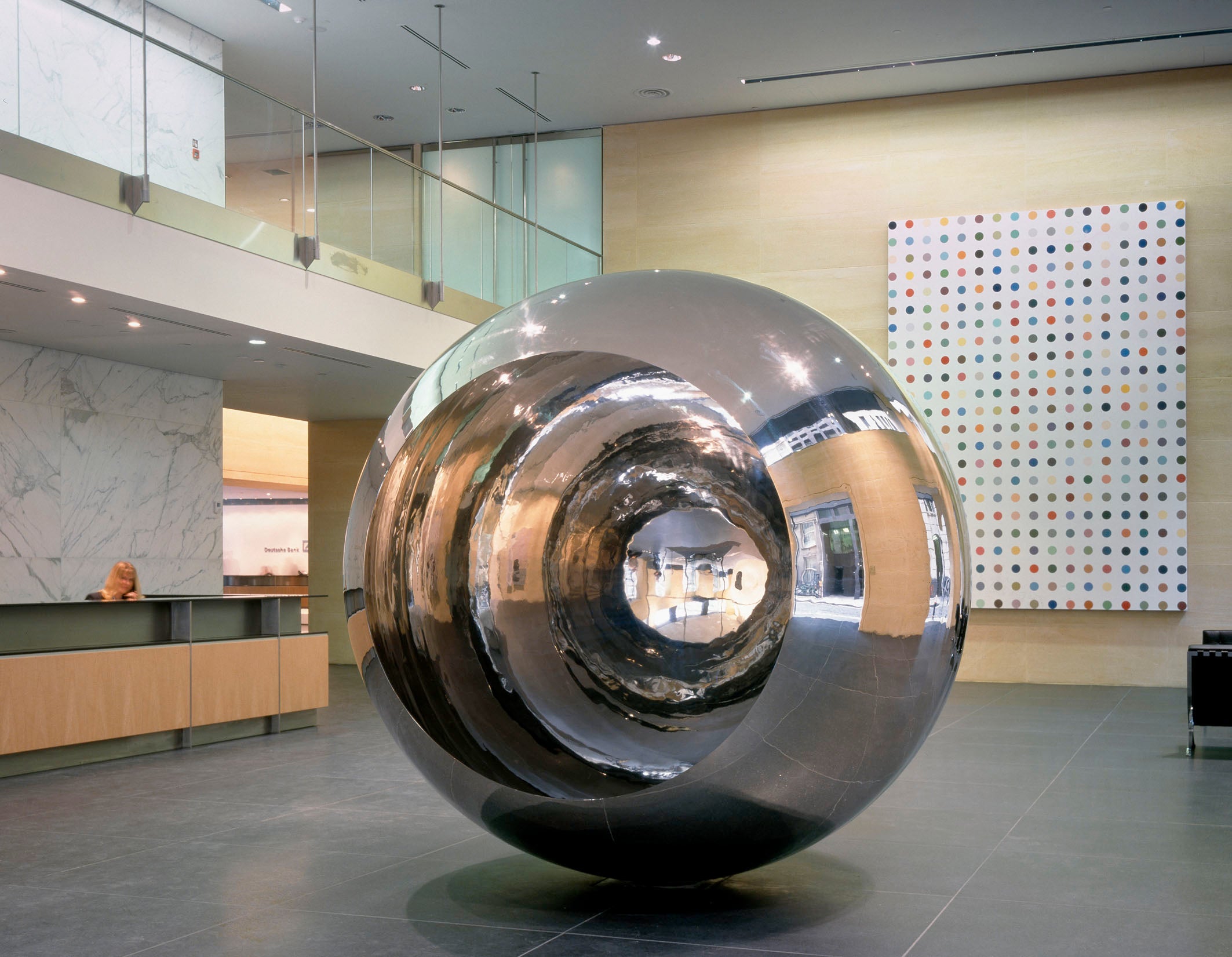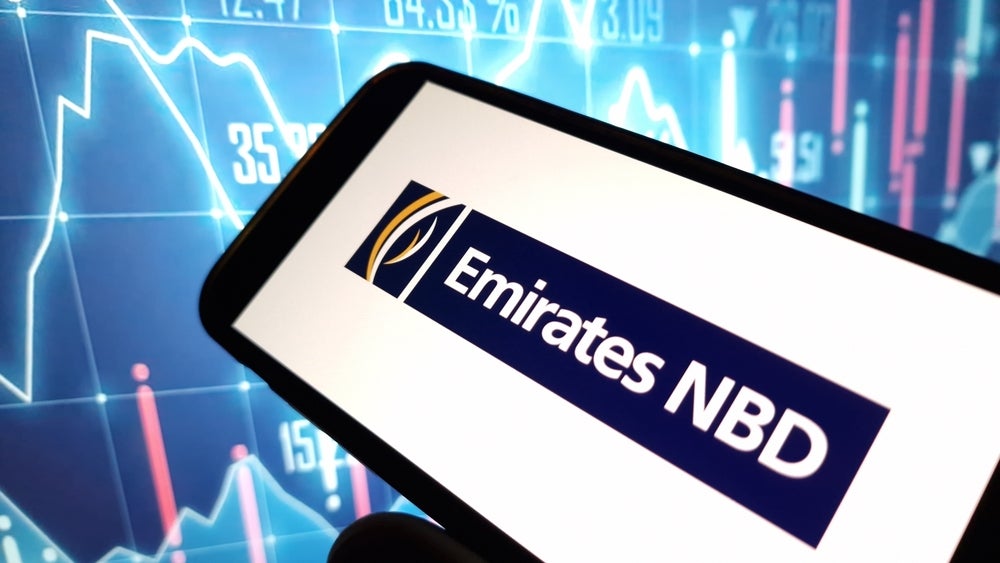
Private banks and art share a relationship that stretches back to the Renaissance when early Italian banks were keen patrons.
Today, private banks are in possession of the some of the largest corporate art collections in the world.
While art collections have the obvious purpose of making offices and hospitality areas looks more attractive, art also gives a private bank personality, making interiors distinctive as well as conveying a connection and a commitment to supporting cultural endeavours.
David Rockefeller a “pioneer for corporate art”
The modern connection between banks and the arts began in the 1950s when the then president of Chase Manhattan Bank, David Rockefeller, began collecting for the company’s program that he had established. The bank’s acquisitions of contemporary art set the blueprint for other corporate collections to follow in subsequent years.
“David Rockefeller was a pioneer for corporate art,” says Charlotte Eyerman, the chief curator of JP Morgan Chase’s art collection. “His focus on art became integral to the bank’s culture and became an important part of our identity as a workplace.

“His vision was to inspire the people who worked at the firm. His notion of ‘art at work’ resonates today. For employees and clients, it helps create a powerful arena for engagement, and shows that JP Morgan is a vibrant workplace where creativity is encouraged.”
JP Morgan has art on display in 450 collections around the world, and has a tradition of commissioning pieces from emerging artists. A case in point is the 33 foot Chase Manhattan Bank Mural, created in 1959, by the then largely unknown Sam Francis.
UBS’ art collection mirror the private bank’s global business
“The UBS Art Collection includes more than 30,000 works,” Mary Rozell, global head of the UBS art collection told PBI. “The vast majority of these works are displayed in UBS offices globally, serving as an inspiration for employees and a platform for dialogue with clients and the public, encouraging the innovative thinking that has shaped UBS’s corporate culture over the last half century.
“The UBS Art Collection reflects the many paths our business has taken as we have grown to become one of the world’s largest financial institutions. It incorporates key works from our former collections in both Europe and the US as well as new acquisitions – mirroring today’s global business.
“Many of our clients are or have become avid art collectors and as collectors ourselves for over 60 years, we share our client’s passion for art. We believe that collecting at its best is driven by a curiosity for the discovery of new ideas, and the desire to leave behind a legacy. It is first and foremost a passion pursuit, and pays ‘emotional dividends,’ enriching lives.”
Art a “think tank for the future” according to Deutsche
Britta Faerber, Deutsche’s deputy global head of art and chief curator says: “From day one, our collection has been focused on contemporary drawings and photographs. The reason behind it is that contemporary art often anticipates developments before they are acknowledged by mainstream society. You can call it a think tank for the future. A close connection between the bank and the public was also part of the concept from the very beginning.

Gemlde von Damien Hirst
im Foyer des Winchester House,
Deutsche Bank, London
Sculpture by Anish Kapoor and
painting by Damien Hirst
in the foyer of Winchester House,
Deutsche Bank, London
“Contemporary art spawns new ideas for shaping our future. It questions, inspires people, opens up new perspectives, and thus enables them to embrace unusual and innovative solutions. We have been developing our art activities in an ongoing process. Since 2016, we have been combining all of our art, culture and sports commitments in an own division called Art, Culture & Sports. One of the strategic priorities within this division is to leverage the Bank’s expertise, resources and network in the cultural context even more and strengthen and build up client relationships.
“Artists often capture an idea on paper – as a sketch, a concept, or a first draft. This ‘draft character’ of art was an important impetus for the founding of the Deutsche Bank Collection. Furthermore the medium of paper includes all different forms and developments of contemporary art production. The vision was to create a collection with a focus on works on paper and photography that is entirely devoted to the present.”







